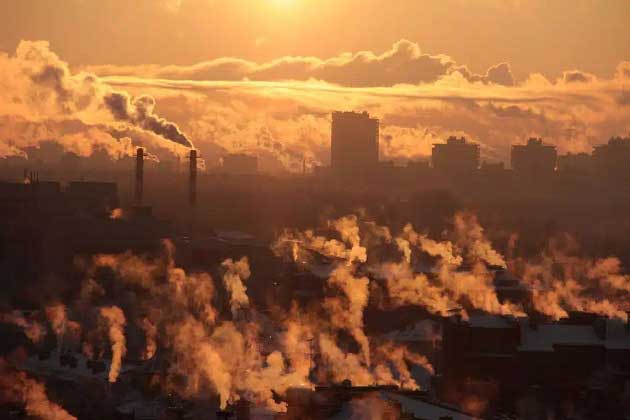Global temperatures will break the 1.5°C threshold in May, warns former NASA scientist
January 2024 – The critical, internationally agreed 1.5°C global warming ceiling that would prevent irreversible tipping points from being exceeded will be exceeded "for all practical purposes" as early as May, a former NASA scientist has warned.

In a bulletin released beginning January 2024, James Hansen, a climate scientist known worldwide for his testimony on climate change in Congress in 1988 said, "that a combination of the El Niño weather pattern and the "unprecedented" imbalance in the Earth's energy balance would cause more record high temperatures by 2024."
El Niño, a climate phenomenon associated with warming sea surface temperatures in the central-eastern equatorial Pacific Ocean that occurs every few years.
In 2023, El Niño made a comeback, causing global temperatures to "skyrocket" and making last year the warmest on record, with six record-breaking months and two record-breaking seasons.
According to preliminary estimates, last year's temperature was 1.43°C above the pre-industrial average. Historically, the second year of an El Niño is often warmer than the first.
According to Hansen, the gap between the Earth's albedo - the amount of solar energy absorbed by the Earth - and the amount returned to space is widening, leading to more global warming.
"The 1.5°C global warming ceiling has been passed for all practical purposes, as the large imbalance in the planetary energy balance causes global temperatures to rise even further," the bulletin said.
Exceeding the 1.5°C limit for several consecutive months does not constitute a violation of the Paris Agreement.
This Paris agreement that world leaders made in 2015 to limit global warming to a level that does not lead to irreversible consequences for the planet and life on it, as this only happens if the limit is exceeded for several consecutive years.
At current emission levels, however, this moment is expected to arrive sometime in the next decade.
"We're not going to a 1.5°C world, we're going through it in 2024. We're going through the 2°C world in the 2030s unless we take targeted actions to affect the energy balance of the planet," Hansen told.

There is no doubt in scientific circles that the record high temperatures of 2023 will continue for the next few years.
According to a World Meteorological Organization (WMO) report published in May 2023, there is a 98% chance that at least one of the next five years will be the warmest ever measured and a 66% chance that temperatures will temporarily exceed 1.5°C above the 1850-1900 average for at least one of the five years.
